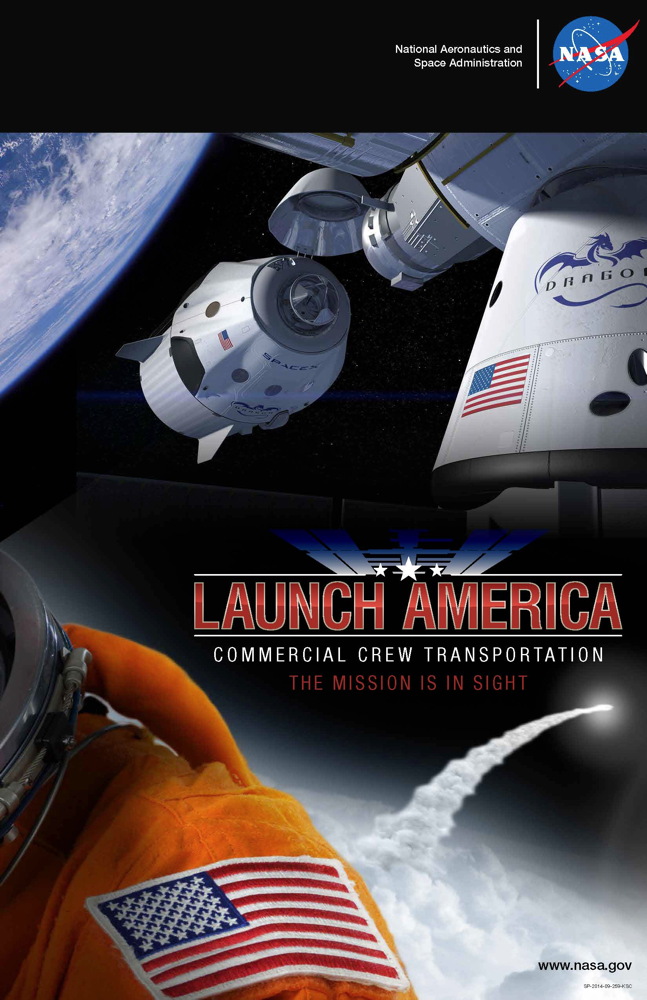NASA Approves SpaceX's Plans to Send Astronauts to Space Station

SpaceX's Dragon capsule is one step closer to flying astronauts to and from the International Space Station.
SpaceX has passed NASA's "certification baseline review," which required the California-based company to outline exactly how it plans to ferry crews to and from the orbiting lab using the Dragon spacecraft and its Falcon 9 rocket under SpaceX's Commercial Crew Transportation Capability (CCtCap) contract with the space agency.
"This milestone sets the pace for the rigorous work ahead as SpaceXmeets the certification requirements outlined in our contract," Kathryn Lueders, manager of NASA's Commercial Crew Program, said in a statement. "It is very exciting to see SpaceX's proposed path to certification, including a flight test phase and completion of the system development."
The Commercial Crew Program has been encouraging the development of private American spacecraft, with the aim of returning astronauts into space from U.S. soil by 2017 or so. NASA has relied on Russian Soyuz spacecraft to do this work since the space shuttle fleet was grounded in 2011.
NASA has tapped SpaceX and Boeing to provide this orbital taxi service; the space agency awarded both companies multibillion contracts last September to complete work on the vehicles. (Boeing is also developing a capsule, which the aerospace giant calls the CST-100.)
Relying on the private sector for access to low-Earth orbit should free NASA up to work on getting astronauts farther afield, such as to a near-Earth asteroid and Mars, agency officials have said.
But SpaceX still has a lot of milestones to check off before Dragon and the Falcon 9 are ready to carry astronauts into space. While the CCtCap contract will culminate with at least one test flight with an astronaut in the spacecraft, the company is first expected to show how its operations, systems and materials will stand up to the rigors of space.
Get the Space.com Newsletter
Breaking space news, the latest updates on rocket launches, skywatching events and more!
Dragon is expected to last up to 210 days while docked to the International Space Station, providing an escape route if astronauts need to leave the orbiting complex quickly.
Follow Elizabeth Howell @howellspace, or Space.com @Spacedotcom. We're also on Facebook and Google+. Originally published on Space.com.
Join our Space Forums to keep talking space on the latest missions, night sky and more! And if you have a news tip, correction or comment, let us know at: community@space.com.

Elizabeth Howell (she/her), Ph.D., was a staff writer in the spaceflight channel between 2022 and 2024 specializing in Canadian space news. She was contributing writer for Space.com for 10 years from 2012 to 2024. Elizabeth's reporting includes multiple exclusives with the White House, speaking several times with the International Space Station, witnessing five human spaceflight launches on two continents, flying parabolic, working inside a spacesuit, and participating in a simulated Mars mission. Her latest book, "Why Am I Taller?" (ECW Press, 2022) is co-written with astronaut Dave Williams.